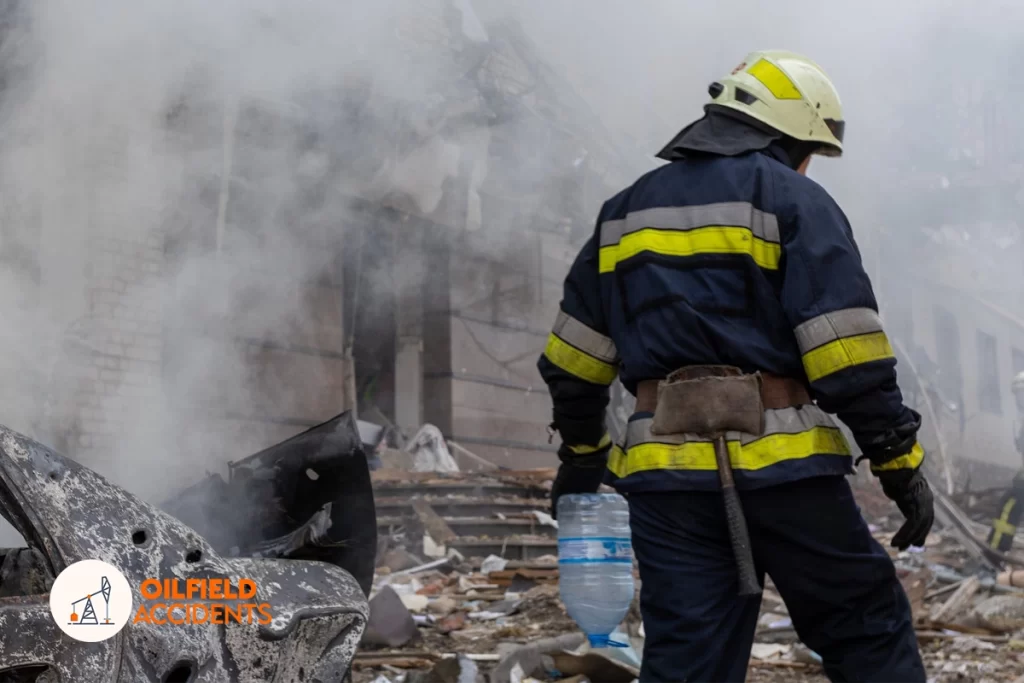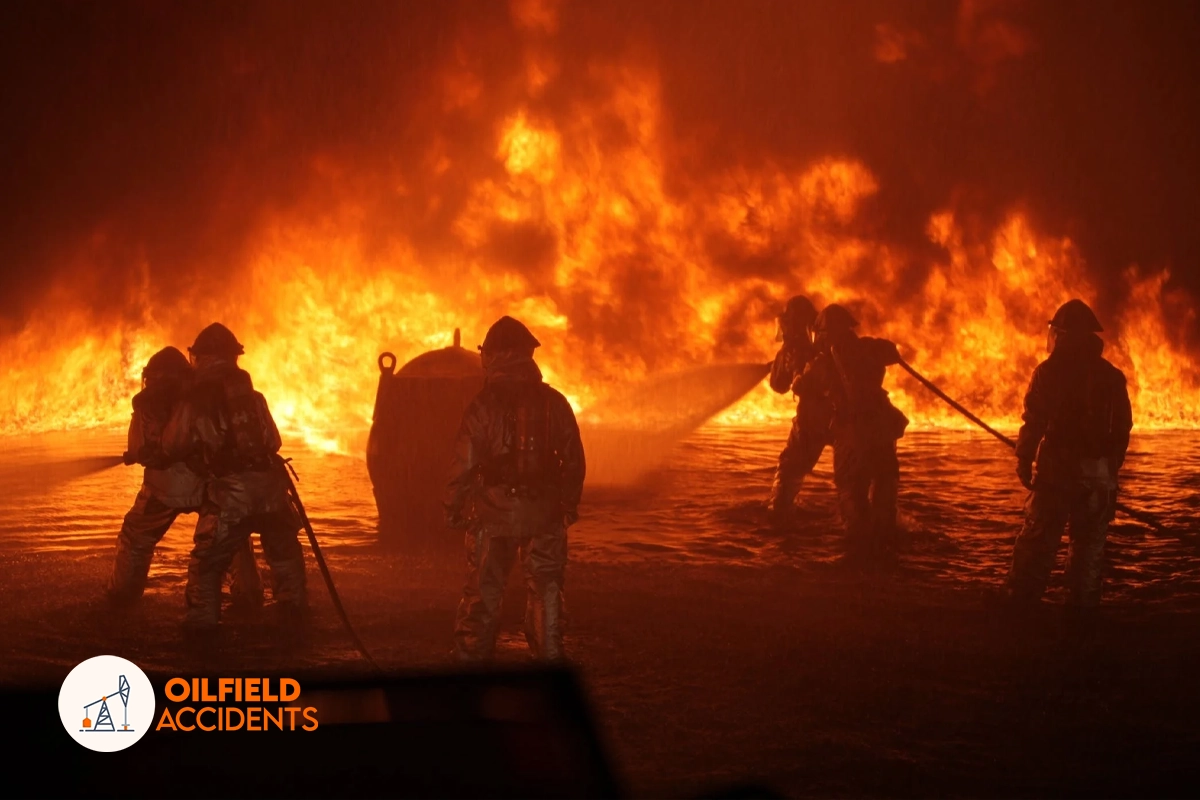Oilfield wrecks, the unfortunate aftermath of oilfield accidents and disasters in the oil industry, have far-reaching consequences on both the environment and the economy. These incidents can result from equipment failure, human error, or natural disasters, leading to oil spills, fires, and other hazardous situations.
The Most Known Oilfield Wrecks
- Deepwater Horizon (2010): The Deepwater Horizon oil spill, also known as the BP oil spill, occurred in the Gulf of Mexico. It is recognized as the largest marine oil spill and oilfield wreck in the history of the oil industry. The explosion and subsequent sinking of the Deepwater Horizon drilling rig resulted in the release of approximately 4.9 million barrels of oil into the Gulf, causing massive environmental damage and economic losses.
- Piper Alpha (1988): The Piper Alpha disaster occurred on a North Sea oil production platform operated by Occidental Petroleum. A gas leak led to a massive explosion and fire, killing 167 workers and causing significant damage to the platform. It took 3 years to clean up the oil field wreck from this accident. It remains one of the deadliest offshore oil rig accidents in history.
- Exxon Valdez (1989): The Exxon Valdez oil spill occurred when the oil tanker Exxon Valdez struck a reef in Prince William Sound, Alaska, spilling approximately 11 million gallons of crude oil. The spill had a devastating impact on the local environment, killing countless marine animals and birds and damaging the region’s fishing and tourism industries.
- Ixtoc I (1979): The Ixtoc I oil spill was caused by the blowout of the Ixtoc I exploration well in the Gulf of Campeche, Mexico. It resulted in the release of approximately 3.3 million barrels of oil into the Gulf of Mexico, making it one of the largest oil spills in history.
These are just a few examples of oilfield wreck or incidents with significant environmental and economic consequences.
Causes of Oilfield Wreck

Equipment Failure: The complex machinery and infrastructure used in oilfields are prone to wear and tear, corrosion, and other forms of damage. Inadequate maintenance or manufacturing defects can lead to equipment failure, causing oil spills or other oilfield accidents and oilfield wreck.
Human Error: Mistakes made by personnel working in oilfields can result in disastrous consequences. Miscommunication, lack of training, or negligence can lead to oilfield accidents such as pipeline ruptures, well blowouts, or fires.
Natural Disasters: Earthquakes, hurricanes, and other natural disasters can cause significant damage to oilfield infrastructure, leading to spills and other oilfield injury and oilfield wreck.
Oilfield wreck pose significant environmental and economic challenges, making it crucial for the oil industry to prioritize safety and invest in prevention and mitigation measures. By understanding the causes and consequences of these incidents, we can work towards a more sustainable and responsible future for the industry and the environment.

